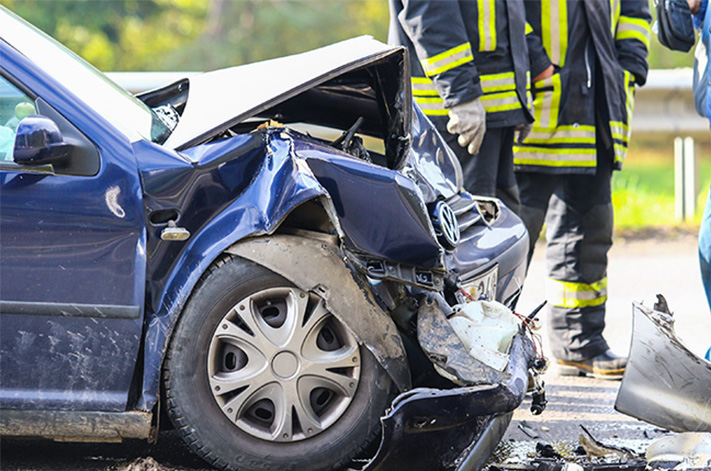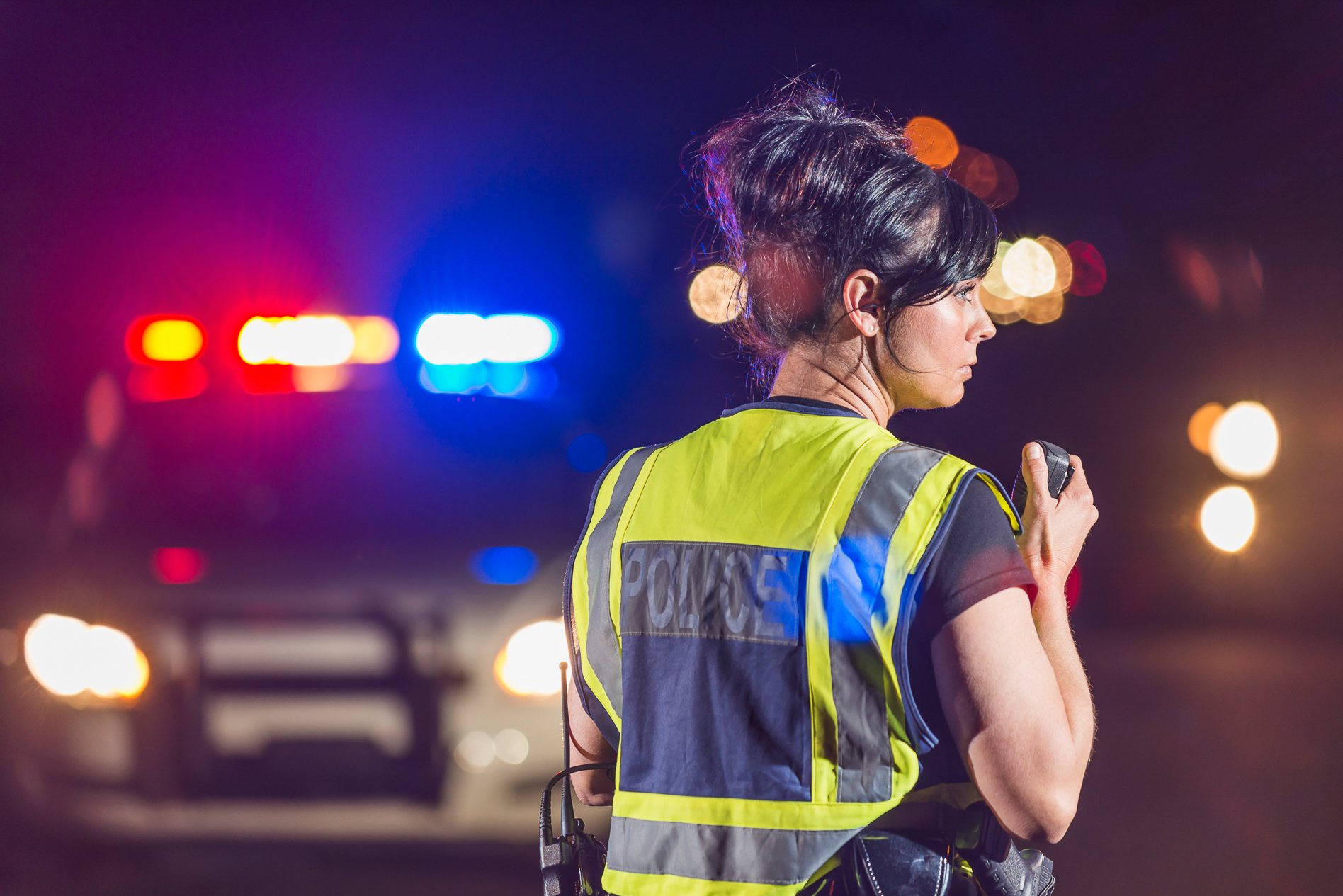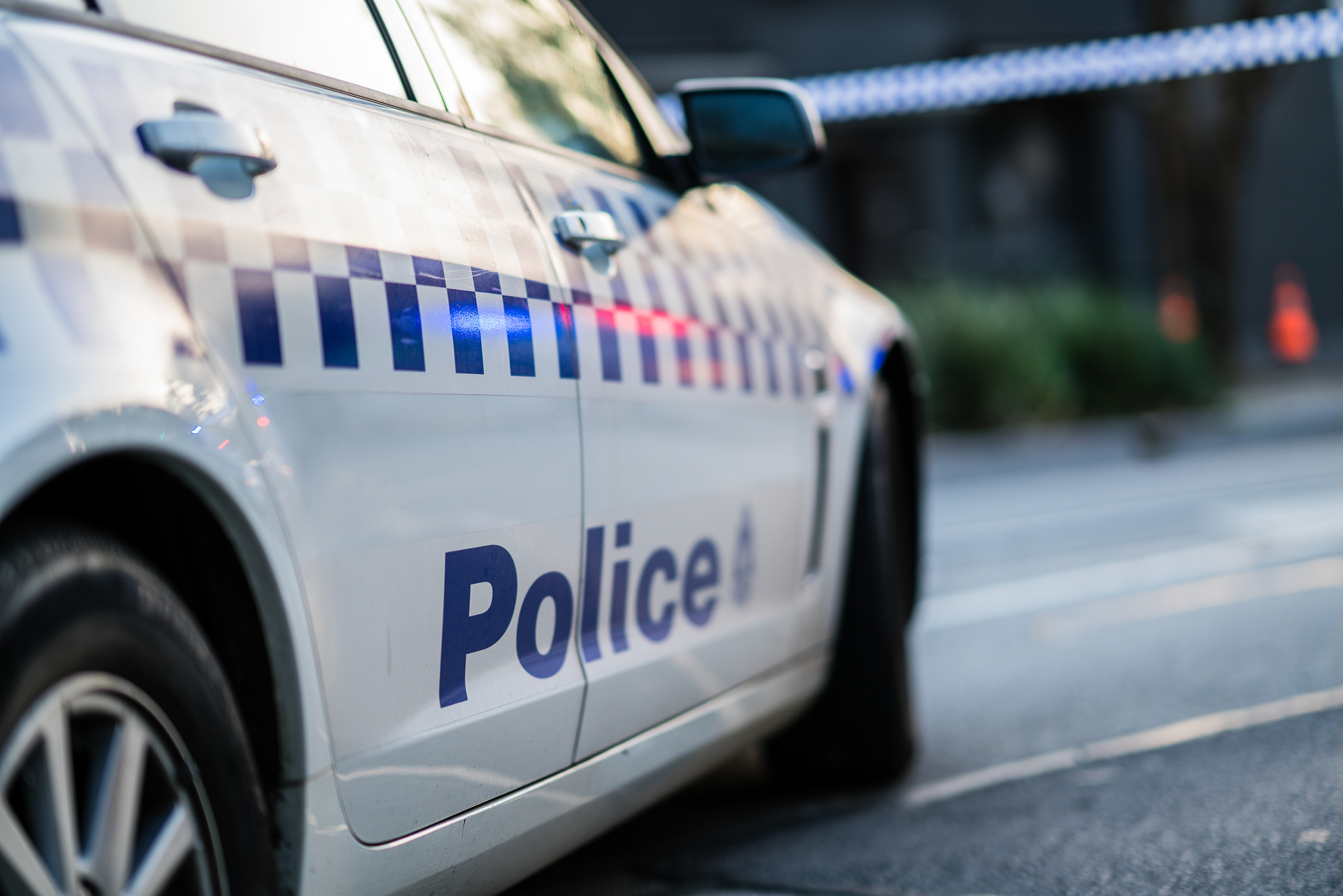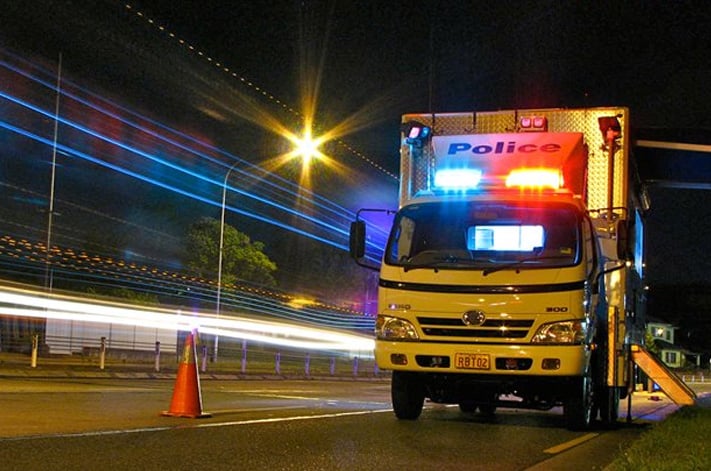
With the number of vehicles on our roads increasing year-on-year, emergency vehicle drivers are increasingly challenged to get to the scene of an incident quickly and safely. In most circumstances, the onus is on the general public to ensure that that happens.
Being vigilant and observant is a skill that should be practiced by all drivers regardless of emergency vehicles, but keeping your eyes and ears open at all times will help you detect emergency vehicles early, allowing you enough time to react safely.

How to give way to emergency vehicle
The important thing to remember when an emergency vehicle is near is to remain calm. More often than not giving way to an emergency vehicle will mean moving left, in order for the faster emergency vehicle to pass by on the right hand side. If you have no clear path to get out of the way, the advice is to slowly come to a stop and allow the emergency vehicle to pass you rather than panic and potentially cause a collision.
If you see blue or red lights or hear a siren, assume an emergency vehicle is approaching and give yourself enough time to plan. If you wait until the vehicle is on your tail you will have very few options left. When you see one emergency vehicle, it’s possible there will be others responding to the same call. Keep your eyes and ears open for others once the first has passed.
There is no ‘one size fits all’ rule to give way. Common sense is needed in a lot of circumstances, and emergency vehicle drivers should be letting other motorists know their intended path of travel through the use of indicators.
Sometimes it can be difficult to hear emergency vehicles, especially when music is playing or there’s conversation within the car. That’s why it’s so important to constantly keep checking your surroundings.
As always, it is advised to indicate your intentions, like when moving left.

What is an emergency vehicle?
Emergency vehicles are those of the services that can be reached by dialling zero (000). That is, ambulances, police cars and fire trucks. You can be receive significant fines for impeding the progress or intentionally blocking these cars. Tow trucks and repair vehicles do not constitute emergency vehicles, but courteous cooperation is always appreciated in those circumstances.
Can you run a red light for an emergency vehicle?
You should not be breaking the law in order to let an emergency vehicle pass. That means no running red lights or speeding up, as that could increase the likelihood of a crash.

At traffic lights, emergency vehicles are authorised to pass a red light but you are not. The only exception is if a uniformed police officer indicates you to do so. If so, ensure you follow the officer’s instructions closely.
This is the future of the Australian police car
Is it a law to pull over for emergency vehicles?
You must pull over for emergency vehicles – especially when they’re after you. Failure to do so results in hefty fines no matter the state or territory, for example the penalty for blocking the path of an emergency vehicle in Western Australia is 4 demerit points and $400.

What is the speed limit when passing emergency vehicles?
In most circumstances in most states and territories, you must slow down to a speed of 40km/h to pass a stationary emergency vehicle. This rule does not apply if the emergency vehicle is on the opposite side of the road.

The number one piece of advice is to stay calm, safe and legal when reacting to an emergency vehicle. There is no point trying to assist fire, ambulance or police personnel if you are at risk of a crash.
In summary, be aware and observant at all times on the road, not just for the presence of emergency vehicles but all road hazards and potential problems. If you follow these simple rules you could be helping to save a life by allowing emergency services to respond faster to a call for help.



